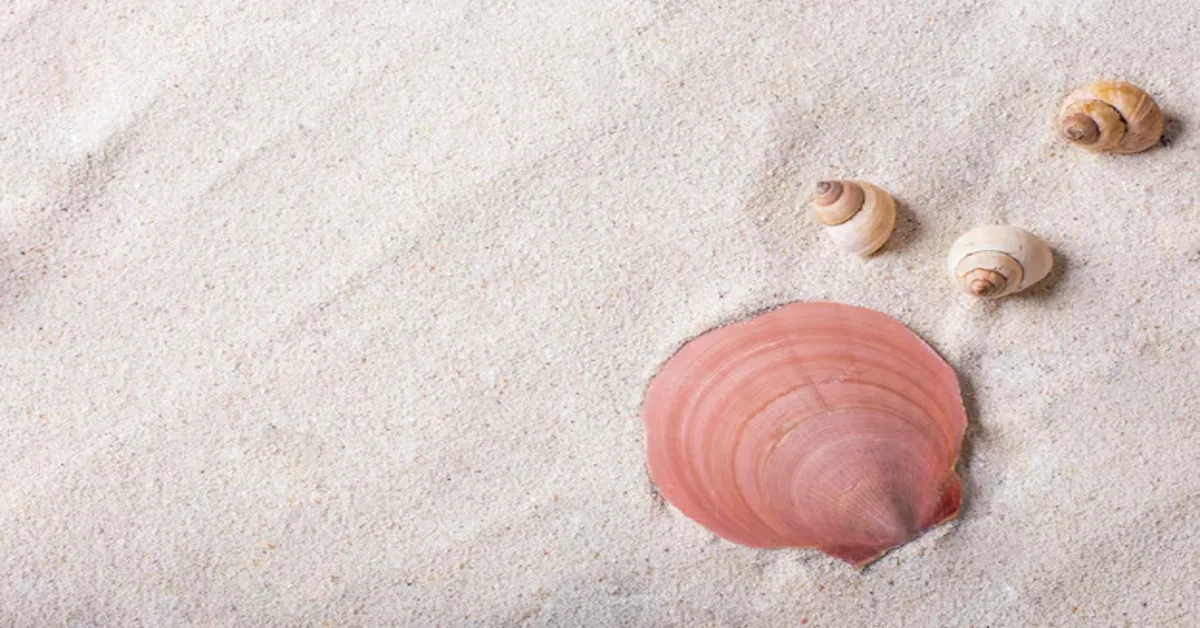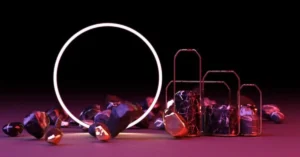Conch shells are more than just beautiful ocean treasures. They hold stories, traditions, and secrets that span centuries and cultures. From the crystal-clear waters of the Caribbean to the shores of distant islands, these stunning marine mollusks have captivated hearts and minds alike. Their intricate spirals and vibrant colors make them prized possessions for collectors and artisans.
But conch shells aren’t merely decorative items; they play significant roles in culinary arts, spiritual rituals, and cultural expressions around the globe. Whether used as a musical instrument or crafted into unique jewelry pieces, each shell tells a tale waiting to be uncovered.
Join us as we dive deep into their history, significance across various cultures, crafting techniques, environmental impact, and much more. Discover how these natural wonders connect people with their heritage while navigating important conservation efforts aimed at preserving marine life for generations to come. Get ready to explore the fascinating world of conch shells!
Etymology and General Description
The term “conch” is derived from the Greek word “konchē,” which refers to a shellfish. This etymology hints at the rich history and cultural significance of conch shells throughout time. These stunning marine treasures belong to various species within the family Strombidae, commonly found in warm coastal waters.
Conch shells are characterized by their spiral shape, often with vibrant colors ranging from pink to cream. Their exterior can be rough or smooth, while the interior usually gleams with a beautiful pearly sheen. The size can vary significantly; some can measure just a few inches across, while others may reach impressive lengths of over a foot.
Beyond their aesthetic appeal, conch shells also emit unique sounds when blown into—an ancient practice that resonates deeply with maritime cultures around the globe. They serve as natural instruments and have been used for centuries in both ceremonial and practical contexts.
These captivating shells tell stories of oceanic adventure and human ingenuity. Each one carries echoes of its underwater journey before it finds its way onto sandy shores or into skilled artisans’ hands.
Culinary and Spiritual Significance
The conch shell is not just a beautiful object; it carries deep culinary and spiritual significance, particularly in various island cultures. The meat of the conch itself is a delicacy. It’s featured prominently in several dishes, such as conch fritters and conch chowder, celebrated for its unique texture and flavor. Many chefs find inspiration in this marine mollusk, often incorporating it into gourmet recipes that highlight local ingredients.
Beyond the kitchen, the conch shell holds profound spiritual meanings. In many Caribbean traditions, it symbolizes strength and resilience. It is often used in rituals to invoke protection or guidance from ancestral spirits. The sound made when blowing into a polished conch shell serves as both an announcement and a call to gather; its resonant tone connects communities during important gatherings.
In some cultures, specific rites involve using the shell for healing practices or meditation sessions. This connection between food and spirit creates layers of meaning surrounding the humble conch—transforming it from mere seafood to an emblem of cultural identity.
Whether enjoyed on your plate or honored in sacred ceremonies, the importance of the conch extends far beyond its physical form.
Crafting and Uses of Conch Shells
Crafting with conch shells is an age-old tradition that showcases human creativity and resourcefulness. Artisans transform these beautiful, natural materials into a variety of functional and decorative items. From jewelry to intricate sculptures, the versatility of conch shells inspires countless artistic endeavors.
One popular use is in jewelry making. The iridescent interior of the shell adds a unique aesthetic appeal to earrings, necklaces, and bracelets. These pieces often carry cultural significance as well, reflecting local designs or spiritual beliefs.
Conch shells also serve practical purposes beyond art. They are crafted into musical instruments like horns or trumpets known as “conch shells,” which produce distinct sounds used in ceremonies or celebrations. This connection between functionality and artistry is part of what makes crafting with these shells so special.
Additionally, conch shell fragments are utilized in home decor, adding an organic touch to any space. Whether displayed individually or incorporated into larger design schemes, they bring a piece of nature indoors while celebrating their marine origins.
Conch Shells in Various Cultures
Conch shells have woven their way into the fabric of many cultures, serving as symbols and tools for various traditions. In the Caribbean, they are more than just decorative objects; they hold spiritual significance. Many indigenous communities use conch shells in rituals, believing that their sound helps connect to ancestral spirits.
In Hawaii, conch shells take on a ceremonial role. They are often used during sacred events and celebrations, producing powerful sounds believed to ward off negativity and attract positive energies. The act of blowing into a conch shell is seen as a call to gather people together for important gatherings or ceremonies.
Similarly, in parts of Africa and Asia, conch shells serve practical purposes beyond aesthetics. Craftsmanship transforms these natural wonders into musical instruments or jewelry pieces that reflect cultural identity and heritage. Each piece carries stories passed down through generations.
The symbolism surrounding conch shells extends even further in Buddhism. Often depicted alongside other sacred items, they represent the teachings of Buddha spreading across the world like the sound waves from a blown shell—reaching far and wide to inspire peace among all beings.
Environmental Impact and Conservation
Conch shells are more than just beautiful artifacts; they also play a vital role in marine ecosystems. Overharvesting has raised concerns about the sustainability of conch populations, particularly in regions where demand is high. The depletion of these mollusks can disrupt local fisheries and impact species that rely on them for food.
Efforts to conserve conch populations have gained momentum over recent years. Various organizations are working with local communities to promote sustainable fishing practices. By educating fishermen about the importance of allowing juvenile conchs to mature before harvesting, these initiatives aim to ensure a stable population for future generations.
Marine protected areas (MPAs) have also been established in some regions to safeguard habitats critical for the growth and reproduction of conch shell mollusks. These MPAs serve as safe havens, allowing ecosystems to recover while providing opportunities for scientific research and ecotourism.
Community involvement remains essential for successful conservation strategies. Local traditions often center around the use of conch shells, making it crucial that efforts respect cultural significance while promoting environmental stewardship among residents who depend on these resources.
Should You Collect Conch Shells?
Collecting conch shells can be a thrilling hobby for beachgoers and ocean enthusiasts alike. The allure of these beautiful, spiraled treasures often draws people in. Their unique shapes and colors make them appealing both as decorative items and conversation starters.
However, it’s essential to consider the impact of collecting conch shells on marine ecosystems. Many species are vital to their habitats, serving critical roles in maintaining ecological balance. Over-collecting can lead to population declines and disrupt local biodiversity.
If you decide to collect conch shells, ensure they are empty and legally obtained. Some regions have strict regulations that protect living specimens or limit collection quantities. Always research the laws specific to your area before embarking on your shell-hunting adventure.
Additionally, think about sustainable practices when gathering conch shells. Consider only taking one or two as keepsakes rather than amassing large collections. This way, you not only cherish these natural artifacts but also contribute positively toward ocean health for future generations.
Conclusion
Conch shells are more than just beautiful ocean treasures. They carry rich histories and deep cultural significance across various regions. From their culinary uses to spiritual rituals, conch shells play vital roles in many societies.
Craftsmanship surrounding conch shells reveals the artistry and dedication of skilled artisans. Their versatility allows for a variety of creative expressions, from jewelry to musical instruments. This adaptability makes them cherished items worldwide.
However, as with any natural resource, it’s crucial to consider environmental impacts. Sustainable practices are essential for preserving these magnificent creatures and their habitats.
Whether you appreciate them for their beauty or seek deeper connections through culture and history, conch shells offer something unique to everyone. Collecting should be approached thoughtfully, respecting both nature and tradition.
Exploring the world of conch shells opens pathways into fascinating cultures while reminding us of our responsibility toward conservation. The allure of these marine wonders continues to captivate hearts around the globe.









